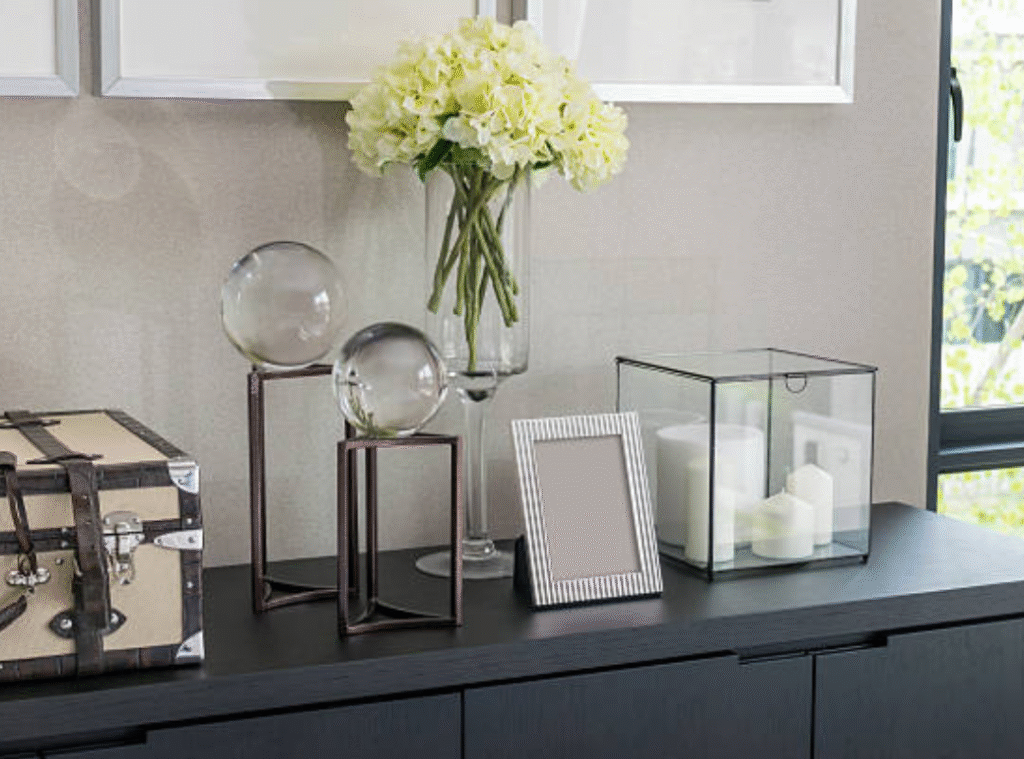Creating a visually stunning and cohesive space doesn’t always require a full-scale renovation. Often, the secret lies in mastering the art of layering decor elements a technique that interior designers use to bring depth, character, and warmth to any room. By thoughtfully combining textures, colors, materials, and personal items, you can elevate your home from basic to beautiful. Layering decor isn’t just about filling a room with objects; it’s about intentional placement and harmony that tells a story. When done right, this approach adds personality and makes your space feel collected rather than chaotic.
Understanding the Fundamentals of Layering Decor
At its core, layering decor is about building visual interest by incorporating a mix of styles, patterns, and elements into your living space. This includes combining soft furnishings like rugs and pillows with harder items such as furniture and lighting. Think of your room as a canvas each element you add is a brushstroke that contributes to the overall masterpiece.
To achieve this, begin with a base typically large furniture pieces like sofas, beds, or dining tables. These foundational items set the tone for your room’s aesthetic. From there, start adding textiles like area rugs, throws, and cushions in varying textures. Layer in wall art, mirrors, and curated collections to bring dimension. Lastly, integrate functional accessories such as lamps, baskets, and plants to breathe life into the space. Each layer should build upon the previous one, creating a sense of depth and richness without feeling overcrowded.
Creating Balance Through Textures and Materials
A critical element of layering decor is understanding how to balance different textures and materials to avoid monotony. Too much of one texture can make a room feel flat or overwhelming. To create harmony, mix smooth with rough, soft with hard, matte with glossy. For example, pair a velvet sofa with a raw wooden coffee table, or a sleek marble countertop with woven bar stools.
Textures also serve a functional role by influencing how a space feels emotionally. Soft, plush materials invite relaxation, while sleek metals and stones introduce modern sophistication. Consider layering wool throws over leather chairs, or incorporating rattan light fixtures to contrast with polished flooring. This blending of materials not only enriches your space but also ensures it remains visually stimulating from every angle.
Personal Touches and Statement Pieces
One of the most enjoyable parts of layering decor is infusing your personality into the space. This is where statement pieces and personal collections come into play. Whether it’s a vintage mirror, a bold piece of artwork, or heirloom ceramics, these items act as focal points and conversation starters.
To make these elements pop, surround them with more neutral or subtle items. For instance, a vibrant painting will stand out against a minimalistic wall arrangement, and a unique sculptural lamp will shine on a plain console table.
If you’re looking to add such meaningful pieces to your home, it helps to explore home products to buy in Wiggins. You can discover local treasures that offer both functionality and character. From handcrafted accessories to one-of-a-kind furniture, these items can effortlessly become the defining layers in your decor story.
Layering with Lighting for Mood and Functionality
Lighting is often overlooked, yet it’s a key player in the layering decor process. By using a mix of light sources at varying heights, you create ambiance and dimension. Begin with ambient lighting, such as ceiling fixtures or recessed lights, to illuminate the entire space. Next, incorporate task lighting like desk lamps or pendant lights for functional zones. Finally, add accent lighting think wall sconces or LED strips to highlight specific decor elements and add depth.
Strategic placement of lighting can accentuate textures and make colors appear richer. A well-lit velvet armchair, for example, takes on new life when bathed in soft, warm light. Similarly, a backlit bookshelf brings both utility and visual intrigue. The goal is to make lighting an intentional part of your design narrative rather than an afterthought.
Power of Color Layering and Tonal Harmony
Color is another crucial component in the art of layering decor. By using varying shades of the same color family or incorporating complementary colors, you add harmony without overwhelming the eye. Start with a neutral base think whites, beiges, or grays then layer in bolder accents through artwork, cushions, or drapery.
If you prefer a more vibrant look, experiment with contrasting colors across different layers. A navy sofa with mustard yellow cushions or emerald green curtains paired with blush pink accessories can inject energy while still appearing cohesive. Just remember to maintain a sense of proportion. Limit your palette to 2–3 main colors and repeat them in different forms throughout the room to tie everything together.
Layering with Purpose: Zones and Functionality
While layering enhances aesthetics, it should also serve a practical purpose. Create zones within a room using layered elements to define functionality. For instance, an area rug under a coffee table sets the boundary for a conversation nook, while open shelving layered with books and decor signals a reading or relaxation area.
Consider how each item in your room contributes to daily life. Storage baskets double as design elements and clutter solutions, while a wall-mounted mirror can visually expand a compact space. The key to purposeful layering is blending beauty with utility each layer should not only please the eye but also improve the room’s livability.
Mixing Styles While Maintaining Cohesion
A common misconception about layering decor is that everything must match perfectly. In truth, blending different styles modern with rustic, vintage with industrial adds personality and keeps a space from feeling too predictable. The challenge lies in maintaining visual cohesion while embracing contrast.
This is where repetition becomes essential. Repeating shapes, colors, or materials across different layers can unify diverse elements. For example, a black metal frame on a vintage mirror can echo the black legs of a modern dining chair. Similarly, using a consistent wood tone in various pieces can help unify a room filled with eclectic finds. Mixing styles successfully depends on balance and a clear design vision.
Final Thoughts
Mastering the art of layering decor is not about rigid rules it’s about expression, experimentation, and evolution. By thoughtfully combining textures, colors, lighting, and personal items, you create a layered space that feels both curated and lived-in. Each layer should tell a part of your story while contributing to the overall harmony of your home.
As you continue to evolve your space, allow room for new layers to be added over time. That new book you loved, a gifted vase, or a travel souvenir can all find their place within your decor narrative. The beauty of layering is that it’s never truly finished it adapts, grows, and reflects who you are. With intention and creativity, anyone can transform their space into a visually rich and emotionally resonant haven.

